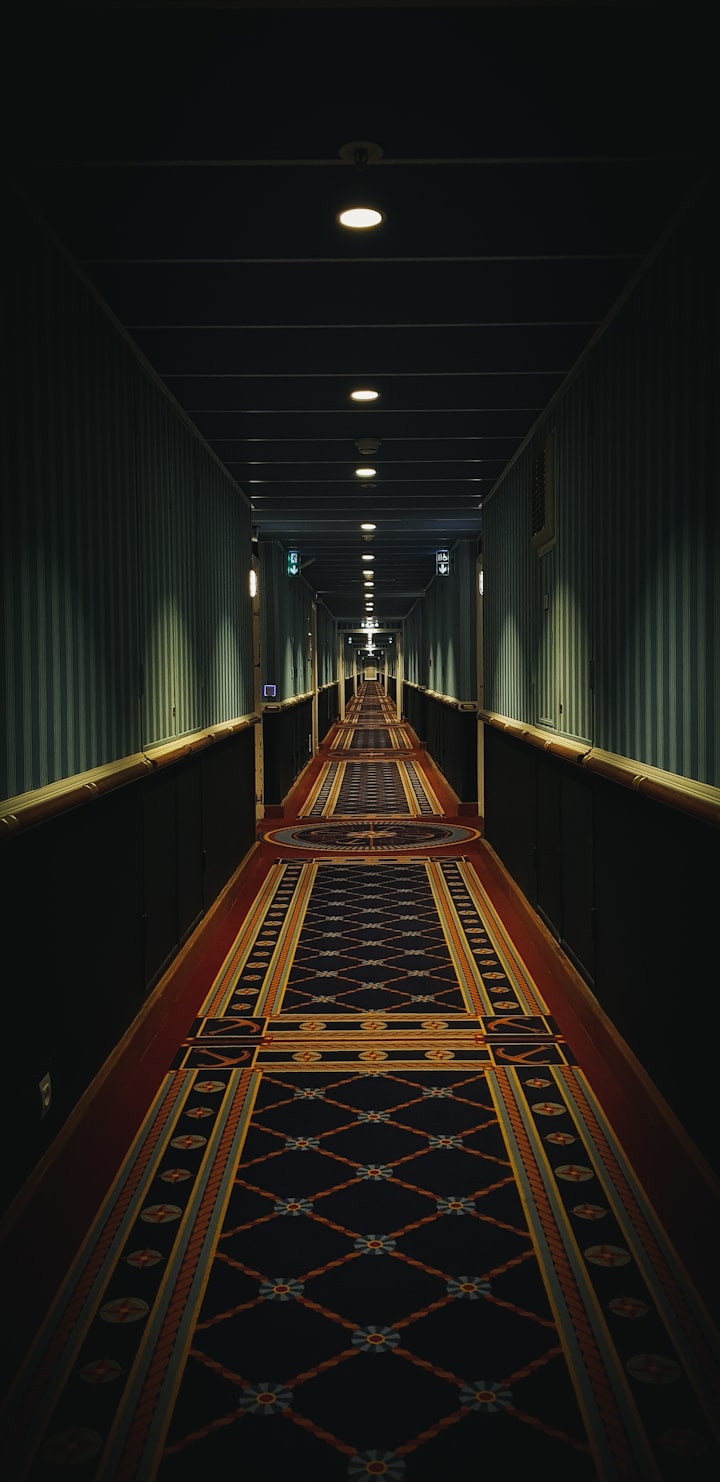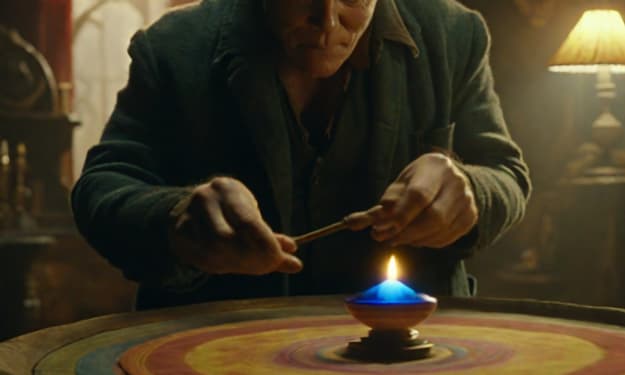Did Stanley Kubrick Hide These Clues? This Can Make You Believe in 'The Shining' Conspiracies
Uncover the Truth Behind 'The Shining' - This Can Make You Question Everything You Thought You Kne

Introduction
Stanley Kubrick's 1980 masterpiece, "The Shining" adapted from Stephen King's novel of the same name, stands as one of the most iconic and enigmatic films in cinematic history. Renowned for its exceptional storytelling, eerie ambiance, and unforgettable characters, "The Shining" has garnered its fair share of conspiracy theories over the years. In this extensive exploration, we will delve deep into some of the most perplexing conspiracy theories linked to this cinematic gem and the enduring mysteries that shroud the Overlook Hotel.
1. Moon Landing Hoax Connection
The most famous conspiracy theory intertwined with "The Shining" is the moon landing hoax theory. A subset of theorists posits that Stanley Kubrick, the director of the film, was intricately involved in staging the Apollo moon landing in 1969 and left subtle hints within "The Shining" as a veiled confession. The theory argues that certain elements in the film, such as Danny's Apollo 11 sweater and the hexagonal carpet pattern resembling launch pads, are hidden clues left by Kubrick himself.
While it's important to note that there is no concrete evidence to support this theory, it is a testament to Kubrick's influence that it continues to captivate the imaginations of viewers.
2. Native American Genocide Allegations
Another theory that lingers in the film's shadow is the notion that "The Shining" indirectly references the genocide of Native Americans. In the story, the Overlook Hotel is said to have been constructed on an ancient Native American burial ground. Some proponents of this theory argue that the film serves as a metaphor for the historical mistreatment of indigenous peoples in America.
While the connection between the Overlook Hotel and Native American history is explicit in both the book and the film, interpretations vary widely. Some argue that Kubrick's choice to emphasize this element in the movie carries a deeper message about the legacy of colonialism in the United States.
3. The Holocaust Imagery
Conspiracy theorists have suggested that "The Shining" contains subtle Holocaust imagery. The iconic pattern on the hotel's carpet is said to resemble the design of floors in concentration camps, while Jack Torrance's repetitive typing is likened to the mind-numbing tasks assigned to prisoners during the Holocaust. These alleged references have led to speculation about hidden messages and a deeper layer of meaning within the film.
It's essential to note that Stanley Kubrick was known for his meticulous attention to detail, and the presence of these patterns could be attributed to his quest for visual symbolism. However, whether they were deliberately intended to convey a message related to the Holocaust remains a matter of debate.
4. The Illuminati and Secret Societies
"The Shining" has also been linked to conspiracy theories involving the Illuminati and secret societies. This theory posits that the film contains coded messages about the influence of these clandestine organizations on the world. Elements such as the number 237 (the room number) and the peculiar layout of the hotel have been scrutinized to support these claims.
While it is undeniable that "The Shining" is replete with mysterious elements, attributing them solely to a secret society's influence is a subjective interpretation. The film's complexity and ambiguity allow for a wide range of analyses, which contributes to the enduring fascination surrounding it.
5. The Endless Maze
The iconic hedge maze in the Overlook Hotel's exterior has sparked yet another interpretation. Some theorists propose that the maze is a metaphor for the labyrinth of the human mind. According to this theory, it symbolizes Jack Torrance's descent into madness—a complex web of his subconscious.
While the hedge maze serves as a crucial setting for the film's climax, interpreting it as a representation of Jack's unraveling psyche adds depth to the narrative. It reflects Kubrick's storytelling prowess in utilizing both physical and metaphorical elements to craft a multifaceted story.
Conclusion
While "The Shining" is primarily known as a work of horror fiction, its rich symbolism and ambiguity have given rise to a myriad of conspiracy theories. Whether these theories have any basis in reality or are simply the product of overanalyzing a cinematic masterpiece is a subject of ongoing debate. What is certain is that "The Shining" continues to beguile and perplex audiences, and its enigmatic qualities make it a fertile ground for the exploration of these and other conspiracy theories.
Regardless of one's stance on these theories, "The Shining" remains a masterclass in psychological horror and cinematic storytelling. Its enduring appeal lies in its capacity to evoke contemplation, wonder, and discussion, whether in the realm of cinematic artistry or in the shadows of conspiracy theories. As time continues to unfold, "The Shining" will likely retain its status as a beacon of intrigue, ensuring that these enigmas will persist in the public imagination for years to come.
About the Creator
Adrian Wordsmith
Embark on a literary adventure with me, a passionate writer and storyteller. Let's unlock mysteries, explore emotions, and find solace in the power of words. Join the journey!






Comments
There are no comments for this story
Be the first to respond and start the conversation.